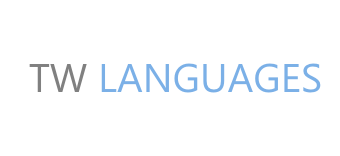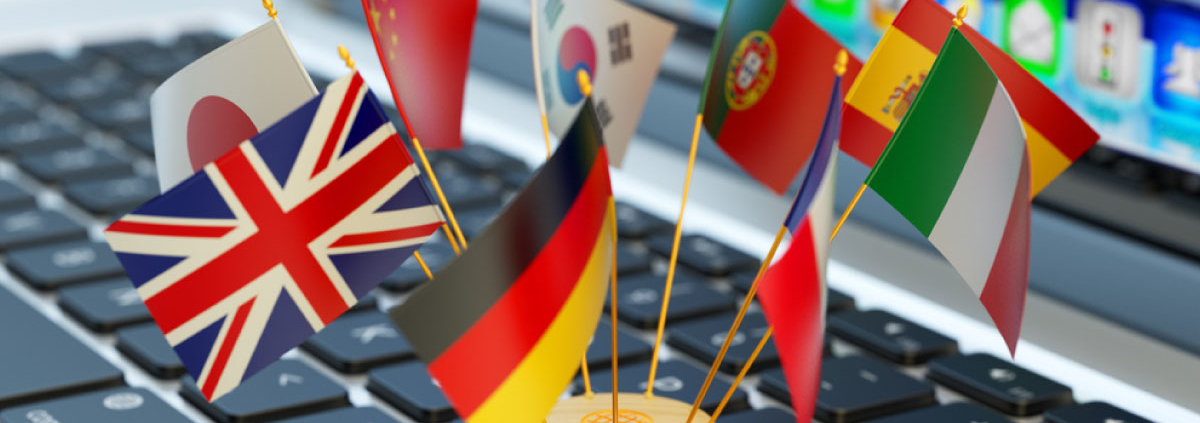5 Reasons to Use a Translation Company for Your Business Translation Needs
1) Subject-Specific Expertise
Finding the best translator for the job can be challenging, not to mention time consuming. Translation companies already have access to an extensive pool of resources across global languages which have been thoroughly vetted. We can handpick linguists whose expertise and capabilities best match the scope of your project. This means even the most specialised texts can be translated accurately.
2) Multilingual projects
Translation companies have project managers who can manage your multilingual projects from start to finish, ensuring consistency across all languages and saving you from dealing with the hassle of admin.
3) Timely Delivery
These same project managers will keep an eye on every detail so you don’t have to, making sure that each stage of the project stays on track and that ultimately the translation project is delivered to you on time.
4) Larger Volumes
Sometimes, even with the most meticulous planning, you may find yourself running up against tight deadlines. A benefit of working with translation companies is that we are used to handling large volumes of text on a day-to-day basis and with a team of linguists working together we can speed up the usual process to make sure your deadline is met.
5) Quality
Last but certainly not least, translation companies often have an established workflow with rigorous quality assurance steps in place. Translations undergo careful checks by several sets of eyes to ensure that they are completed to the highest standard and are ready for publication.
For further information about our services, please contact us at info@twlanguages.com.

